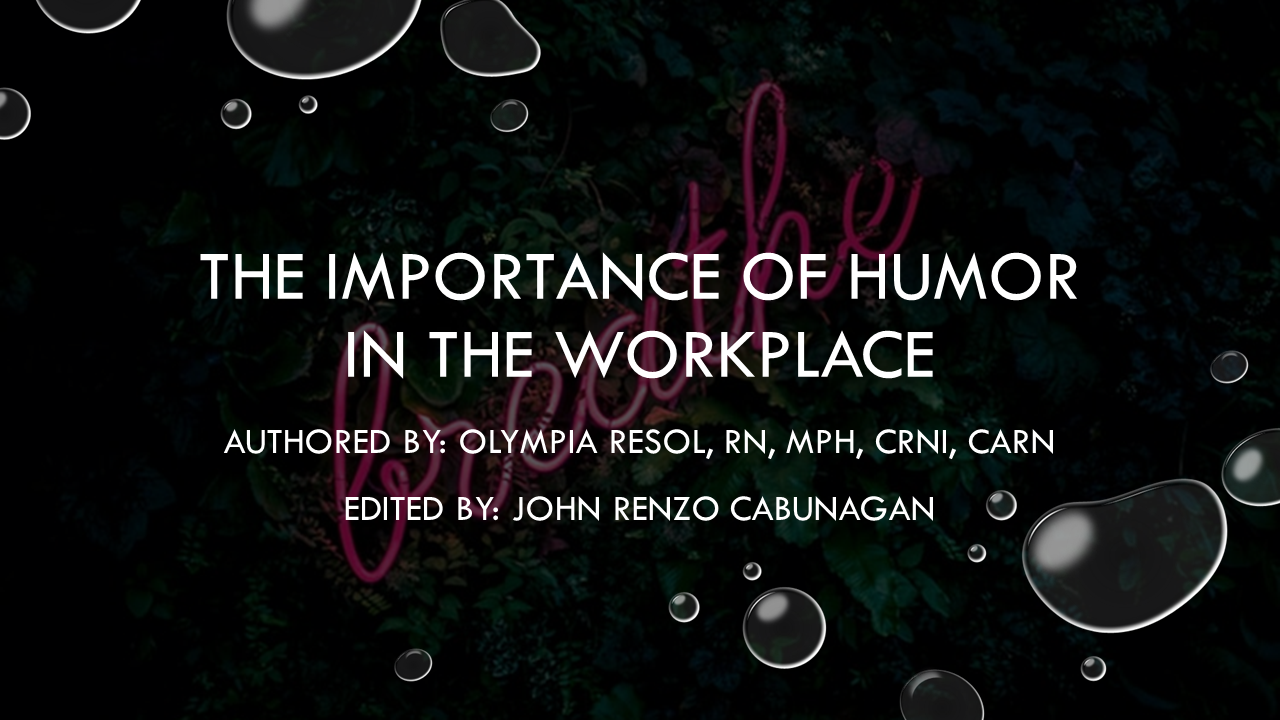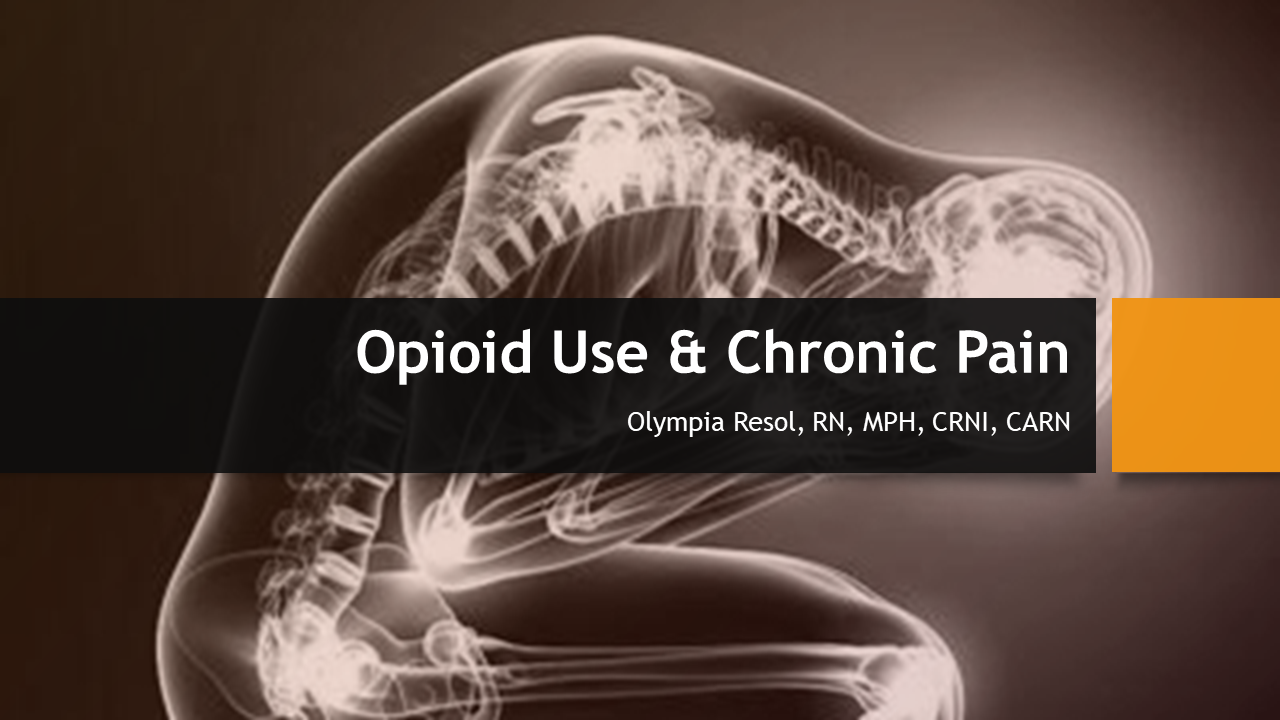Give Feedback
Give Feedback Option
Hello! Please take a screenshot and email it to educationsimplify@gmail.com.
Email screenshot to: hellofromeducatesimplify@gmail.com
About this course:
ONE survey question ONLY @ the end
Introduction
Historically, prescribers limited the use of opioids for pain management solely to patients with acute or cancer-related pain. Over time, the use of opioids to treat many types of pain has increased to dangerously high levels (Berland, 2012). This shift does not come without controversy, as considerable debate continues regarding the appropriate use of these potent, and potentially addictive medications (Ault, 2015). The increase in opioid prescribing is staggering: In 1991, approximately 76 million opioid prescriptions were written in the United States, and by 2013 this figure jumped to nearly 207 million. The United States is the world’s largest consumer of these medications, cornering nearly 100% of the global hydrocodone demand, and 81% of the demand for oxycodone (NIH, 2014).
Of the estimated 24.6 million U.S. citizens (i.e., 9.4% of the population 12 and older) suffering from substance abuse, approximately 1.9 million people abuse or are dependent on prescription opioid drugs. Addiction occurs in every state, county, socio-economic, and ethnic group (ASAMOAD, 2016). Due to this surge in the use of prescription narcotics, 53 people in the U.S. die each day of a prescription opioid overdose (CDC, 2018).
Price: $10.00
Lessons:
Opioid Use & Chronic Pain
Description
Introduction
Historically, prescribers limited the use of opioids for pain management solely to patients with acute or cancer-related pain. Over time, the use of opioids to treat many types of pain has increased to dangerously high levels (Berland, 2012). This shift does not come without controversy, as considerable debate continues regarding the appropriate use of these potent, and potentially addictive medications (Ault, 2015). The increase in opioid prescribing is staggering: In 1991, approximately 76 million opioid prescriptions were written in the United States, and by 2013 this figure jumped to nearly 207 million. The United States is the world’s largest consumer of these medications, cornering nearly 100% of the global hydrocodone demand, and 81% of the demand for oxycodone (NIH, 2014).
Of the estimated 24.6 million U.S. citizens (i.e., 9.4% of the population 12 and older) suffering from substance abuse, approximately 1.9 million people abuse or are dependent on prescription opioid drugs. Addiction occurs in every state, county, socio-economic, and ethnic group (ASAMOAD, 2016). Due to this surge in the use of prescription narcotics, 53 people in the U.S. die each day of a prescription opioid overdose (CDC, 2018).
Topics:
-
Opioid Use & Chronic Pain
Recommended Courses

Online Class
ES TUTORIAL FOR INSTRUCTORS
View course
Online Class
The Importance of Humor in the Workplace
View course
Face to Face Class
F2f reschedule
View course
Online Class
Certificate in Critical Care
View course.


Additional Information
-
Online Course
-
10.00
-
3.00 hours includes study guide
-
Certification upon completion
Study Guides
Payment Method Available
-
Stripe
-
PayPal

